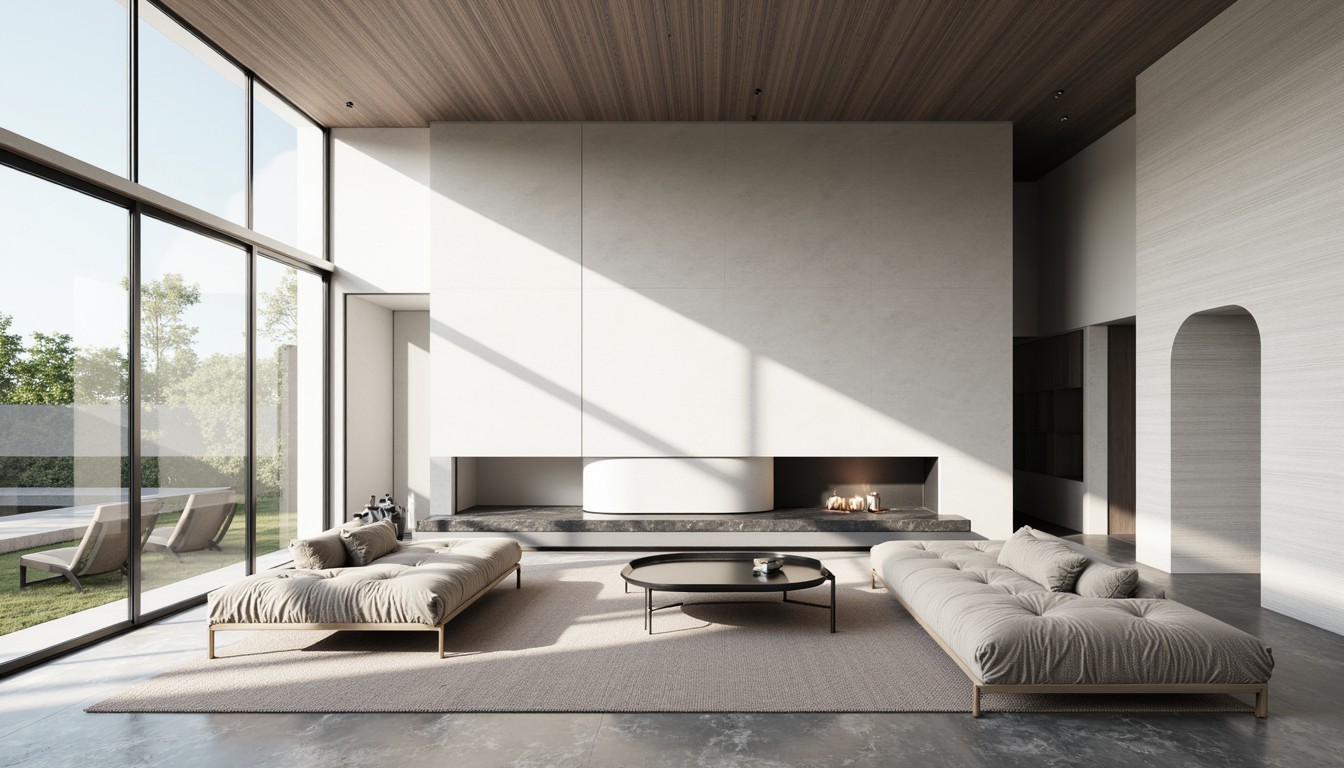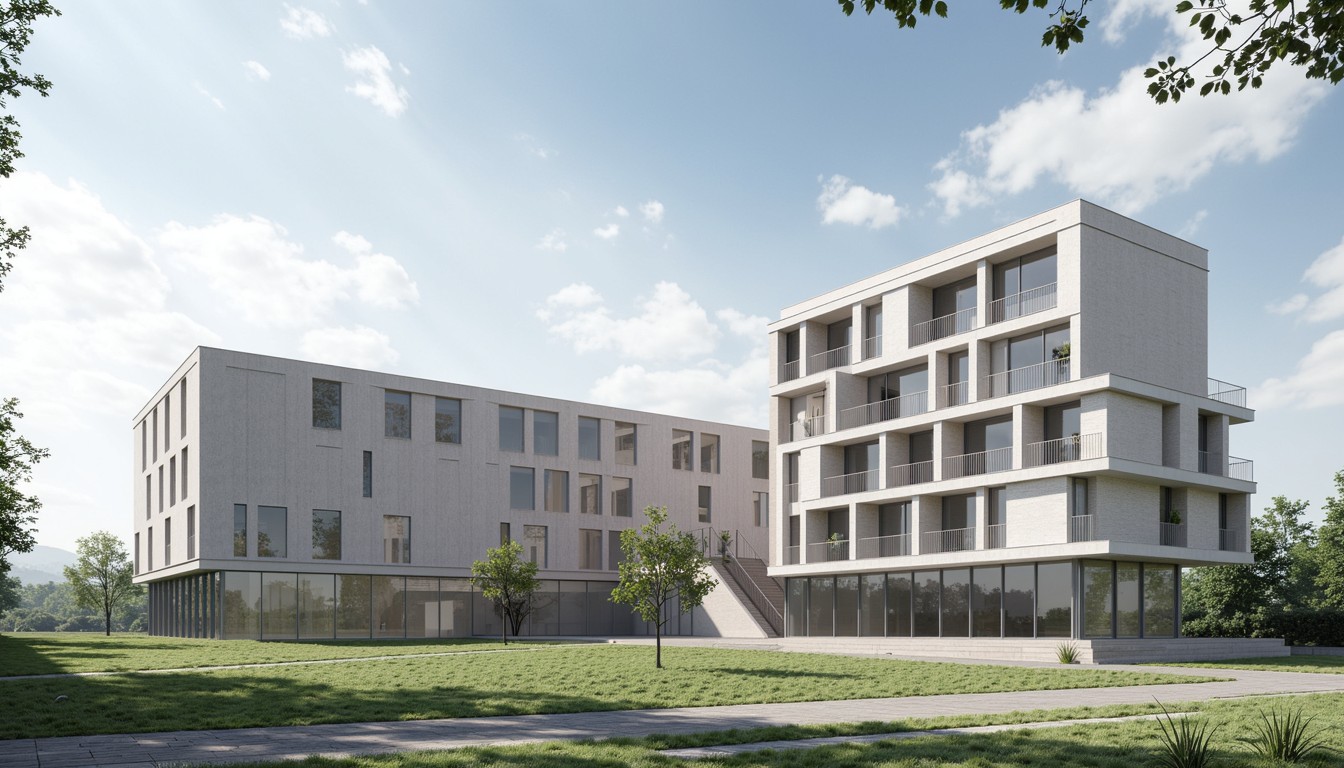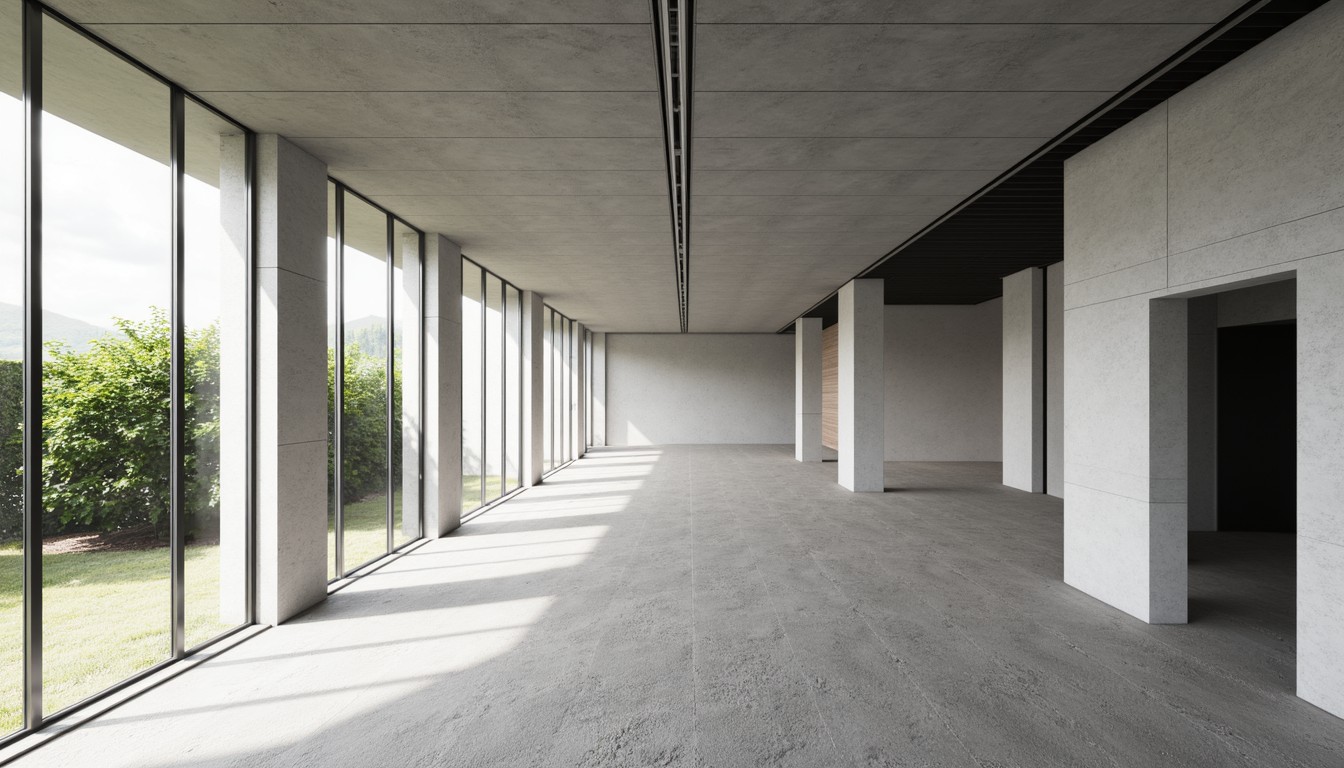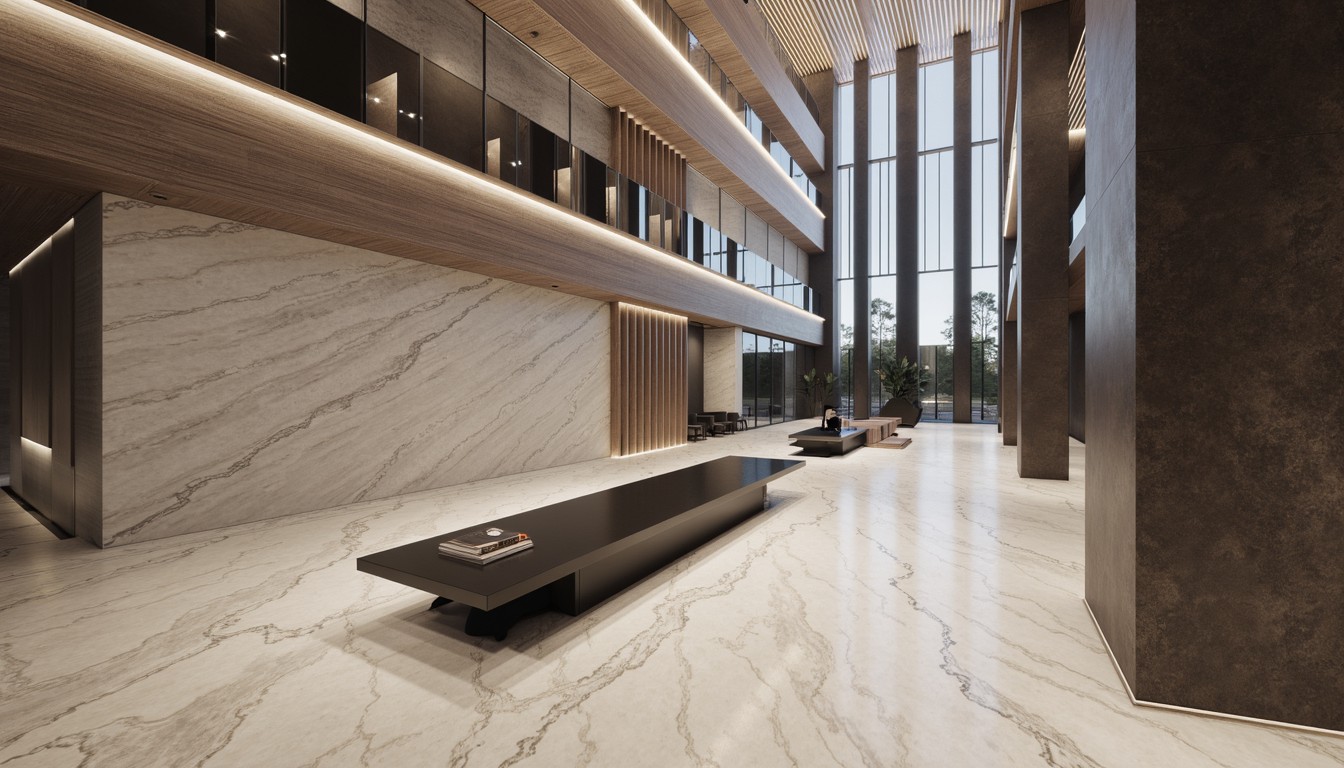Digital Transformation: Reshaping the Future of Architecture
The architecture industry is undergoing a dramatic shift, driven by the rapid advancements in digital technologies. This digital transformation is not merely a trend; it's a fundamental reshaping of how architects design, collaborate, and deliver projects. From the initial conceptualization to the final construction, digital tools are streamlining workflows, enhancing creativity, and ultimately, improving the built environment. This article will explore the key aspects of this transformation and its impact on the architectural landscape.
Building Information Modeling (BIM): The Cornerstone of Digital Architecture

Building Information Modeling (BIM) is arguably the most significant driver of digital transformation in architecture. BIM is not just a 3D model; it's a dynamic, intelligent database containing all aspects of a building's design, construction, and operation. This includes geometry, spatial relationships, materials, and even cost estimations. The benefits of BIM are numerous:
- Improved Collaboration: BIM facilitates seamless collaboration among architects, engineers, contractors, and clients, eliminating information silos and reducing errors.
- Enhanced Design Analysis: BIM allows for comprehensive analysis of building performance, including energy efficiency, structural integrity, and daylighting.
- Reduced Costs and Timelines: By identifying and resolving conflicts early in the design process, BIM helps minimize costly rework and delays.
- Improved Sustainability: BIM enables architects to design more sustainable buildings by optimizing energy performance and material usage.
Architects are leveraging BIM software like Revit, ArchiCAD, and Vectorworks to create detailed and accurate models, leading to better design decisions and more efficient project management.
Virtual Reality (VR) and Augmented Reality (AR): Immersive Design Experiences
Virtual and augmented reality technologies are revolutionizing how architects present and experience their designs. VR allows clients and stakeholders to walk through a virtual representation of a building before construction even begins, providing an immersive and engaging experience. AR overlays digital information onto the real world, enabling architects to visualize designs in their actual context.
This immersive approach fosters better client communication, enhances design review processes, and allows for early identification of potential design flaws. VR and AR are particularly useful in complex projects, such as large-scale infrastructure or urban planning initiatives.
Generative Design: Unleashing Algorithmic Creativity

Generative design employs algorithms to explore a vast range of design options based on predefined parameters and constraints. This allows architects to explore innovative solutions that might not be achievable through traditional methods. Generative design software can optimize designs for various factors, such as structural efficiency, material usage, and environmental impact.
While still a relatively new technology, generative design holds immense potential for pushing the boundaries of architectural creativity and efficiency. It allows architects to focus on high-level design decisions, leaving the detailed optimization to the algorithms.
Cloud Computing and Collaboration Platforms: Breaking Down Geographic Barriers
Cloud computing has transformed the way architects collaborate on projects, regardless of their geographical location. Cloud-based platforms enable real-time access to design files, facilitating seamless collaboration and version control. This is crucial in large-scale projects involving multiple firms and specialists across different countries.
Platforms like Autodesk BIM 360 and other cloud-based solutions are enhancing the efficiency and transparency of collaborative design workflows.
Data Analytics and AI: Informed Design Decisions
The increasing availability of data presents new opportunities for architects to make more informed design decisions. Data analytics can be used to analyze building performance data, predict future needs, and optimize designs for sustainability and resilience. Artificial intelligence (AI) is also emerging as a powerful tool for automating tasks, analyzing large datasets, and even assisting in design generation.
The Role of ArchNav in the Digital Transformation

ArchNav is at the forefront of this digital transformation, leveraging cutting-edge technologies to deliver exceptional architectural visualizations. We understand the power of BIM, VR, and other digital tools to enhance design communication and project success. Our expertise lies in creating photorealistic renderings, immersive VR experiences, and interactive 3D models that help architects effectively communicate their vision to clients and stakeholders.
We are committed to staying ahead of the curve, constantly exploring and implementing the latest technologies to provide our clients with the most advanced and innovative visualization solutions. We believe that digital transformation is not just about adopting new tools; it's about leveraging their potential to create more sustainable, efficient, and inspiring built environments.
Conclusion
The digital transformation in architecture is reshaping the industry, offering unprecedented opportunities for innovation and efficiency. By embracing technologies like BIM, VR, generative design, and cloud computing, architects can create better buildings, collaborate more effectively, and ultimately deliver projects that exceed expectations. ArchNav is your partner in navigating this exciting evolution, providing the cutting-edge visualization services you need to succeed in this dynamic landscape. Contact us today to learn more about how we can help you harness the power of digital transformation for your next project.
